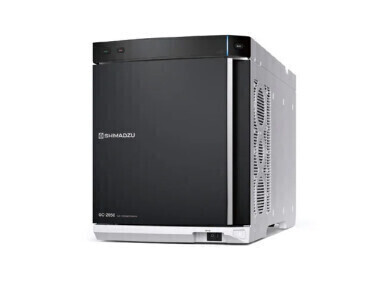Fuel Analysis
What Are the Different Fuel Analysis Methods?
May 21 2021
From optimising feedstock selection to determining price, fuel analysis is critical to the oil and gas industry. The molecular structures of crude are complex and can vary significantly. This makes fuel analysis an important part of the upstream, midstream and downstream stages. Below, we explore some of the different analysis methods used to map the unique molecular structures of fuel.
X-Ray Fluorescence (XRF)
Used to determine the elemental composition of fuel and other materials, X-Ray Fluorescence is one of the most popular techniques used in fuel assays. The method is non-destructive and uses high-energy electromagnetic radiation to excite compounds, then measure the "secondary" rays they emit. Measuring sulphur content is one of the most popular uses for XRF, with the method used to determine if crude is sweet or sour.
Inductively Coupled Plasma (ICP) Techniques
Used to detect trace elements in gasoline, ICP techniques help to increase engine performance, reduce emissions and improve fuel quality. There are several variations on ICP, including Optical Emission Spectroscopy (ICP-OES) which uses plasma to vaporise elements and free them as atoms or ions. Once exited they emit photons which can be used to measure concentrations.
Absorption Atomic Spectroscopy (AAS)
With the capacity to detect more than 70 different elements, Absorption Atomic Spectroscopy is one of the most widely used fuel analysis methods. It uses electrothermal vaporisation to not only detect the presence of elements in fuel samples, but also measure concentrations as low as parts per billion. Advantages include low interference levels and high sensitivity to most metals. AAS analysis instruments can also be calibrated according to elemental standards, regardless of elemental chemical form. This makes AAS a staple in most fuel testing laboratories.
The role of ASTM International
Founded in 1902, ASTM International develops and publishes gold-standard methods for analysing fuel. The petroleum standards developed by the organisation are instrumental in the analysis and assessment of not only crude oils, but also hydrocarbons, automobile gasoline, aviation fuel and other resources.
“These fuels are tested for their composition, purity, density, miscibility and compatibility with other fluids and materials, toxicity, and thermal stability among others. These petroleum standards allow petroleum refineries, automotive and aviation companies, and other geological and chemical processing plants to appropriately examine and process these fuel oils ensure their quality towards safe and efficient use,” reads the ASTM website.
Want to know more about the latest fuel analysis techniques and how they're changing over time? Horizontal and vertical systems are compared in more detail in “Total Sulphur and Total Nitrogen Analysis – Horizontal Versus Vertical Furnace Arrangement.
Digital Edition
PIN 25.1 Feb/March
March 2024
In This Edition Safety - The technology behind the ION Science Tiger XT - Safety with ammonia and LOHCs as hydrogen carriers Analytical Instrumentation - Discussion on new tribology te...
View all digital editions
Events
Apr 28 2024 Montreal, Quebec, Canada
Apr 30 2024 Birmingham, UK
May 03 2024 Seoul, South Korea
May 05 2024 Seville, Spain
May 06 2024 Riyadh, Saudi Arabia
.jpg)

.jpg)

.jpg)














